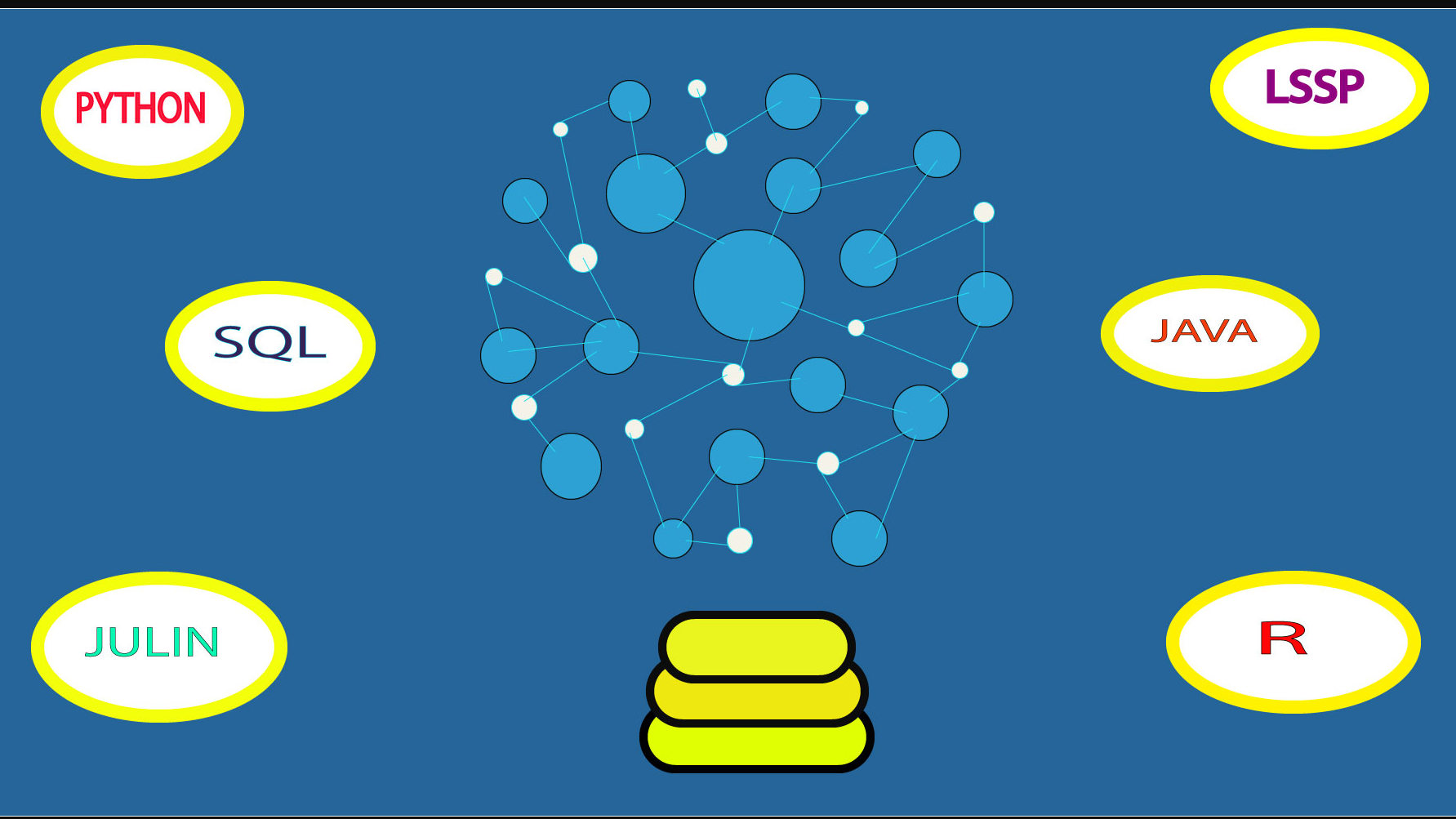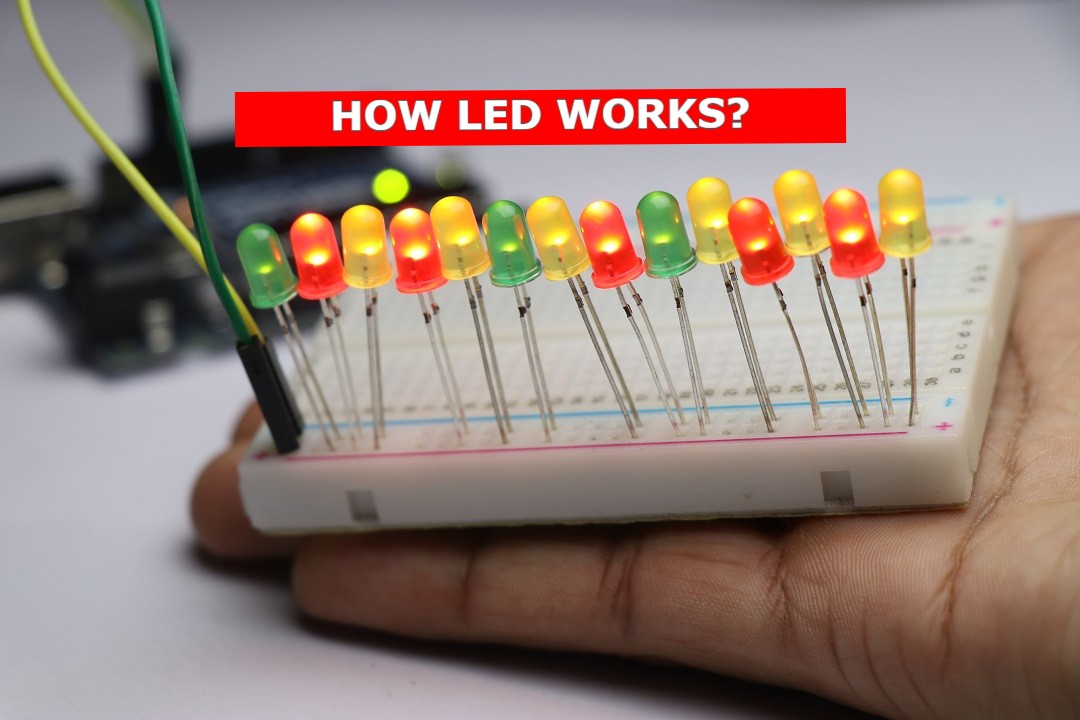How Does Machine Learning Works

How Does Machine Learning Works?
Have you ever been on YouTube and were searching for the “Baby Shark Music Video?” Once you type the letter “B”, YouTube already displays the Baby Shark Music Video which you can click.
Have you ever wondered how YouTube does that? It’s like the website has a mind of its own. Well, this is not only in the case of YouTube but in all websites and programs. They all use machine learning to do this magic predictability thing.
Machine Learning, huh, you might ask? What is it? Let us find out!
What is Machine Learning?
Machine Learning is the way a computer looks and analyses data and figures out through experience on how to self-improve its algorithms.
In simple terms, computers look at everything you do on it and use that data to figure out what is the best for the computer to help you more efficiently.
Why is Machine Learning Important?
Ever since the invention of the internet and the computer, we have seen a surplus of data and data usage over the years.
This data can be analyze to produce a better user interaction but cannot be done so easily.
Here is where Machine Learning comes in, it uses an algorithm to figure out patterns and find similarities, using all this data, it optimizes the way it thinks and helps it perform better.
Also, it is important due to its wide range of applications and its ability to adapt to provide solutions to hard and logical problems more efficiently and quickly.
How Does Machine Learning Works?
Machine Learning uses a bunch of techniques and algorithms to handle large amounts of data to make complex decisions. These algorithms and techniques learn from the data and make decisions from the data given. But it’s not as simple as that.
The process begins with training the machine learning algorithm with a training data set to create a model. The Machine Learning algorithm makes a prediction when new input data is introduce.
The accuracy of the predictions and results is assess.
If the prediction is incorrect, the algorithm is re-train until the desired output is available.
This enables the Machine Learning algorithm to learn on its own and produce an optimal answer that enhances its correctness over time.
The machine learning algorithm is deploy when the sufficient level of accuracy has been attain.
That sounds confusing, right? Well, it’s absolutely simple, let me explain it with an example:
You’re on google and you are trying to get a picture of a lollipop for a school project. Google brings you a couple of million images and does an amazing job of doing it.
How does Google even do this?
- Google begins by collecting a large number of examples (datasets) of photos labeled “LOLLIPOP.”
- The machine-learning algorithm then searches for pixel and color patterns that will help it recognize whether the image is of a “LOLLIPOP.”
- To identify an image of a LOLLIPOP, Google’s computers make a bunch of random guesses as to what patterns are good.
- If it makes a mistake, a series of adjustments are made to ensure that the algorithm gets it right the next time.
- Finally, such a collection of patterns will be learn by a large computer system modeled after the human brain, which, once train, it will be able to correctly identify and return accurate results for LOLLIPOP images on Google Search.
After training the machine learning model, we can feed it different images to see if it can correctly identify lollipops and chocolate bars separately. A trained machine learning model, as shown in the image above, can correctly identify such queries.
Now that we understand how machine learning algorithms work, we should dive a little deeper into the subject and look into different types of machine learning.
Types of ML?
Machine learning is divide into three categories:
Supervised learning, unsupervised learning, and reinforcement learning. Each of these has a distinct action and purpose, yielding specific results by utilizing various types of data.
Supervised Machine Learning: In layman’s terms, supervised learning entails training the machine learning model in the same way that a coach trains a batter.
In Supervised Learning, the machine learns from labeled data, another name for it, known data. This known data is fed into and used to train the machine learning model.
And once the model has been train with a known set of data, you can have unknown data to get a new response.
Unsupervised Machine Learning: In simple terms, unsupervised machine learning indicates that the Machine Learning model can learn on its own.
There is no such thing as labeled data in unsupervised machine learning. The training data is unlabeled or unknown.
This unknown data is given into the machine learning model, which will use to train it.
By forming clusters in the dataset, the model tries to uncover patterns and relationships. It’s important to keep in mind that unsupervised learning can’t add labels to clusters.
For example, it cannot say this is a group of monkeys or donkeys, but it will separate all the monkeys from donkeys.
Reinforcement machine learning: In this type of Machine Learning, the machine learns through trial and error. When the model predicts or generates a result, it is either penalized or rewarded depending on whether the prediction was correct or incorrect.
If it is penalize, it tries to figure out the correct answer. The model trains itself based on these activities.
Where Is Machine Learning Most Commonly Used?
Machine Learning is use in almost every computer application. Due to its adverse capabilities more and more people are using machine learning in one way or another.
- Virtual Personal Assistant: Alexa, Siri, Google are some of the most common virtual assistants assist you in finding information. When you asking the question, the assistant will look through all its data and data recalls to figure out the best answer vias most logical way to do it. They collect your data to improve themselves
- Facial Recognition: When you look at your phone camera to unlock your phone, the camera identifies the unique features of your face and uses image processing to look at the configuration face model and compares it to the current face model.
- Using these similarities, the computer has to make a bunch of complicated decisions to figure out if you are you, in order to unlock the phone.
Other Cases Machine Learning used In:
- Recommendation engine on an e-commerce website
- Fraud call detection
- Online Customer Support Chatbot
- Search Engine Result Refining
- Predictions while commuting using Google Maps
Hope How Does Machine Learning Works is very clear from this article. If you have any doubts about Machine Learning, please do ask in the comment box below.
Video on How does Machine learning works is here


